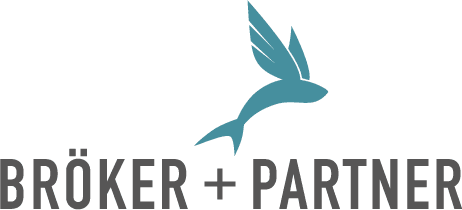MORE ROOM FOR COLLABORATION
Sector: Real estate, appr. 250 employees, division: Management level
Project duration: 1 year, consulting service: Organizational Development, 1 consultant

In the area of conflict between politics and the real estate industry, a municipal real estate company has been successful for 80 years. The portfolio and the complexity of the organization have grown considerably in recent years, partly due to a merger with two other companies.
Transparency about processes and responsibilities is urgently needed for the smooth running of the operational business.
To record and illustrate the core processes, Bröker + Partner moderates workshops with participating managers and employees. Process flows, tasks and responsibilities are visualized in flowcharts and a RACI matrix.
In order to support transparency about the interfaces and a uniform view, Bröker + Partner moderates interdepartmental interface workshops based on the developed processes.
The core processes are described and used by employees as a guide to their own actions and cooperation with neighbouring departments.
A RACI matrix with all the tasks and responsibilities of the organization is used to create appropriate functional descriptions and creates transparency in critical certification processes. The silo thinking of the merged companies has decreased significantly.
START: AS IS
No transparency in overarching responsibilities. High friction losses due to unclear processes. Insufficient communication across departmental boundaries.
GOAL: TO BE
Recording and presentation of the core processes, responsibilities and interfaces of all departments.
IMPLEMENTATION
Process visualization and interface definition workshops with managers and employees. Visualization of the results in flowcharts and a RACI matrix.
EVALUATION / RESULTS
The operational business is controlled by clearly described processes. Friction losses at the divisional interfaces are significantly reduced.
LESSONS LEARNED
A decisive success factor was the cross-divisional composition of the workshop groups. The joint development of the most important core processes led to an intensive examination of the most important challenges early on in the project. Questions that needed to be clarified and critical interfaces were quickly uncovered and defined by the responsible teams themselves. This high level of commitment of the employees and the consistent use of the process flow diagrams in daily business contributed significantly to the success of the project.





